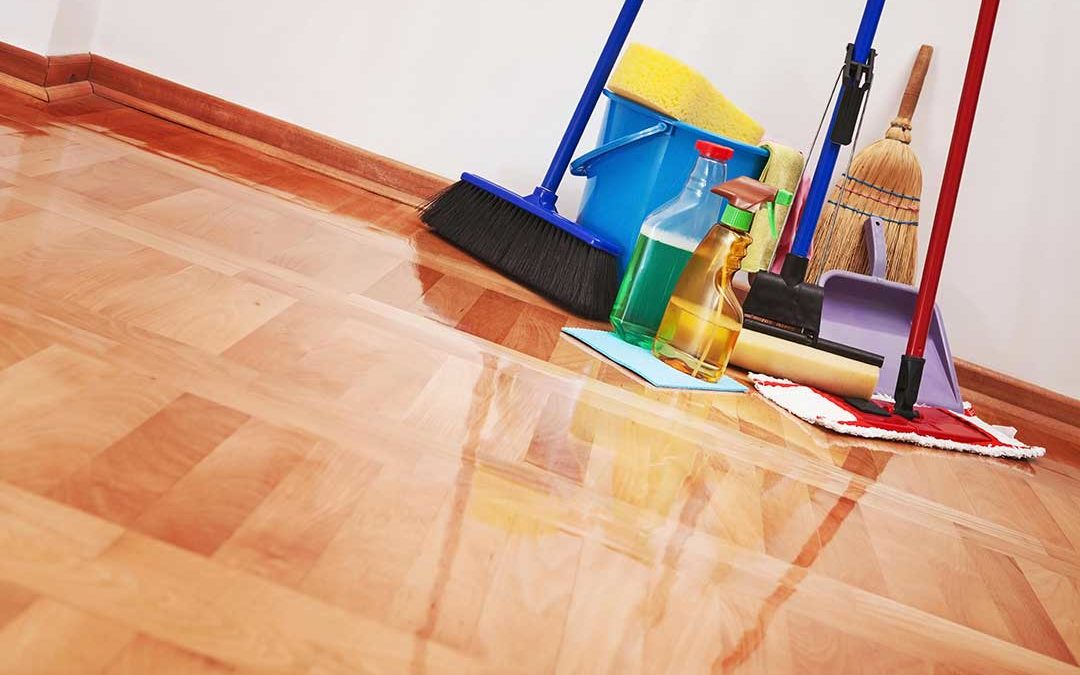Cleaning the floor might not be the most enjoyable of activities, but a couple of minutes spent killing germs goes a long way toward keeping your family healthy. Routine cleaning with soap and water or detergent helps get rid of visible grime and dirt from your flooring. Sanitizing removes some amounts of germs and dirt while disinfecting after cleaning removes germs on your floor surface.
While several factors are likely to impact the rate of infections, focusing on improving your floor cleaning and sanitizing practices is critical. Proper sanitization using the right products not only reduces the chances of outbreaks but also enhances satisfaction among occupants while reducing unnecessary costs.
To attain better floor disinfection, what do you look at when choosing a disinfectant/sanitizer?
Know How to Use Different Products
While searching for germ-killing products, you will come across different types of products, including:
- Sanitizers – These are agents that reduce the number of disease-causing bacteria on inanimate food contact surfaces like countertops. A sanitizer typically contains chemicals that kill 99.99 percent of specific bacteria in a specified time.
- Disinfectants – Frees inanimate products from infection by destroying microorganisms with an efficiency of 100 percent for specific bacteria.
- Sterilants – They kill all microorganisms but are not used for cleaning products and they are sold by medical supply companies.
The Kill Time
Kill time is the amount of time it takes a product to kill a specific range of pathogens, and your flooring needs to be wet the entire time the product is working. The typical kill time of many products on the market is thirty seconds to five minutes. However, if a product requires 10 minutes, make sure that your floors stay wet for that long.
Keep in mind that alcohol-based disinfectants and sanitizers will evaporate well before their required contact time. Read and follow the instructions included in the product for using and rewetting if necessary. Products that require rewetting of your flooring are not the best option for cleaning your carpet.
Compatibility with Cleaning Tools
Some floor cleaning tools may inhibit a disinfectant’s effectiveness. For example, some microfiber and cotton tools for cleaning are likely to bind with the quaternary ammonium compounds (QUATs), preventing the release of disinfectant on the surface. You must use disinfecting products that are compatible with your existing tools for cleaning so you do not reduce efficacy.
Safety
Some disinfectants are irritating to the respiratory tracks, skin, or eyes, might even require wearing personal protective equipment. If you are using such a product for sanitizing your flooring, you must hire the professional floor cleaning services. Otherwise, consider using products that are safer and have a pleasant scent to reduce injuries and complaints.
Sorting through the various floor disinfecting and sanitizing products may take time, but it is a critical step for your home. Having the right products on hand and a solid plan to prevent infection and disease will save you expense and effort soon. Besides, there is the added peace of mind for your family, yourself, and guests who come through the door.



